Level design in video games is a challenging stage of game development that affects the future success of any game. It’s important to master because the right approach to level design can help your game stand out, and subsequently gain popularity and profit.
In 2021, the gaming industry is valued at $178 billion, and it’s projected to grow to $268.8 billion by 2025. Plus, in-game purchases have become a significant additional source of income for game owners: by 2025, the average earnings are expected to reach $74 million.
Of course, to take advantage of these benefits, you need to launch an excellent product that will attract and retain as many customers as possible. In this article, you will find out the different types of video game level design, some tips for its development, and who can help you get it right.
What is game level design?
Game level design is a stage of game development that aims to create a user experience that leaves a strong impression. Sometimes, it’s confused with environment design, which focuses only on the game background, its composition. However, level design rather involves the development of various pieces of the game, like game art design, mechanics, plot, etc.
What is the Most Efficient Level Design Process?
2D game level design
A 2D game is a prominent format affordable for development. Such titles typically include a basic-level design that requires fewer resources to make and is targeted at retro lovers.
Special features:
-
Hard barriers and strict play area. There is a linear level design, where the hero cannot deviate from the course, and sometimes even go back. The protagonist cannot turn out of the way and complete secondary quests.
-
Short (close) field of view. 2D games have visual limitations for users. It’s impossible to see any distant image. A player can only see themselves and the near environment that fits on a screen.
-
Only 4 directions of movement. Heroes in a 2D game can usually move only up, down, left, and right. There is usually no way to rotate around the axis in a turn that is not 90 degrees.
-
Enemies/objects have a limited range of interaction. Each action in a scenario has an endpoint. For example, there are no characters in the game that the main character can turn to for additional quests. Everything that meets the hero’s path most often has and performs only one function.
3D game level design
There is no general consensus on 3D games’ superiority over 2D video games. It’s more about subjective preferences for users and a level of developer ability because usually, it’s harder for some indie studios to produce expensive 3D games.
Special features:
-
LOD and real-time rendering. Whether it is a high poly or low poly level design, 3D models usually load in detail as you approach them. The data is loaded in real-time, so it makes UX great.
-
Realism is the key. The balanced size of players, objects, environment, detail, and natural composition create a real-world feel. The user dives deep into the game and stays connected for a long time.
-
Freedom of actions. The course of events isn’t a predictable one-way route. Players learn information from exploring, listening, looking around, and interacting with other characters.
-
Upgrades for every new level. Level upgrades in 2D games are about more enemies and barriers. When it’s a 3D game, new mechanics, types of interaction often become available at each new level.
There are also some video games such as Don’t Mess with Texas, made in 2.5D. It’s when the graphics of a 2D game simulate a 3D space. We built this game adhering to top industry standards. For example, characters are designed as sprites and can only move in 4 directions, along two x- and y-axes. In general, this format adds realism to visuals, but the possibilities of the characters remain limited to a two-dimensional space.
5 great video game level design tips
As you start pondering the details of your levels, it will be helpful to know some special features that will bring your project to the next level. We are glad to share five useful tips on how to design any video game level better.
1. Add descriptions/hints when introducing new mechanics and enemies. If it’s hard for users to understand how to interact with a game, then no one will spend their time figuring it out. So it’s better to make a user-friendly and intuitive level design.
2. Add visual hints leading the player towards level completion. The purpose of any game developer is to create an amazing journey for users. However, it will be much more enjoyable for users to see a clear path for quest completion.
3. Use music/sounds to create a mood. Psychological research has shown that a sound environment contributes to the sense of presence or even immersion in the game.
4. Add story elements/animation between levels to give the player a break. Short animation scenes and the next-level loading screen allow users to take a break from the previous quest and mentally prepare to move on with the game.
5. Perform plenty of testing. If bugs interfere with a game, users won’t tolerate this and will switch to something else, so the process has to be flawless. Please note: It will be easier to control the quality and progress of the project when the basic information about the levels is included in a GDD (game design document).
Game level design is complex work that is vital for achieving great user involvement. The more thought-out every stage of level design is, the better the chances that the game will become popular.
Looking for professionals to create game level design?
Level Design for Different Game Types
The level development process for different game types can be quite diverse. It will be more reliable to go into the process with a plan that considers the genre specificity of a video game.
Shooter level design
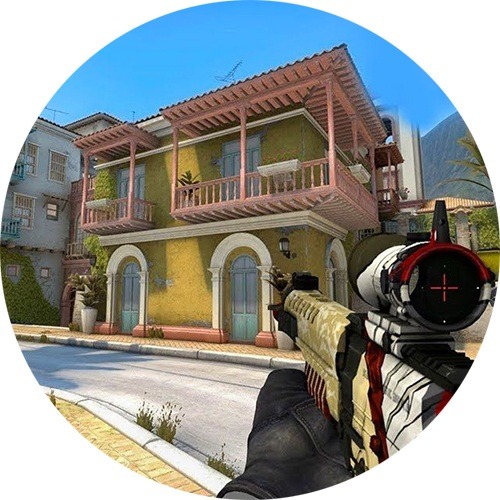
Even though the main purpose for all shooters is to fight with enemies using weapons, the level design can vary for different subgenres. Some of them:
-
FPS level design. The player goes through the game from the perspective of the protagonist and fights enemies using firearms or other weapons. The gameplay can be either a continuous narrative or level-ups.
-
Stealth game level design. It is necessary to pay attention to lighting and shadow play, as it’s a meaningful element of gameplay. The background sounds also play a significant role, as special noise should signal the hero that enemies are coming.
-
Top-down shooter level design. The peculiarity is in a high view. Usually, the player immediately sees what his level looks like, consisting of several rooms or barriers where enemies fight.
Also, the players should feel they are inflicting damage on the enemy, so realistic background sounds and visual effects are needed.
Puzzle level design
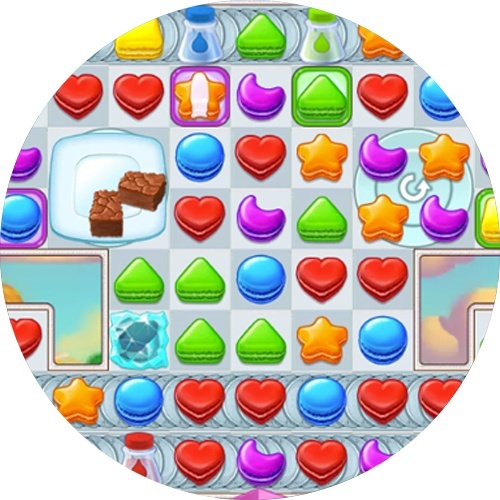
The puzzles should be designed in a way that the player solves logical tasks in order of increasing difficulty. Such a game may start with a tutorial level with examples of how to solve puzzles. It’s also better to use little hints to speed up the time of level completion.
Match-3 level design is a great example of puzzle game development. Players collect three matches by crossing the obstacles. The entire game user is accompanied by vivid visual effects from unexpected combinations, moves, and outcomes.
Platformer level design
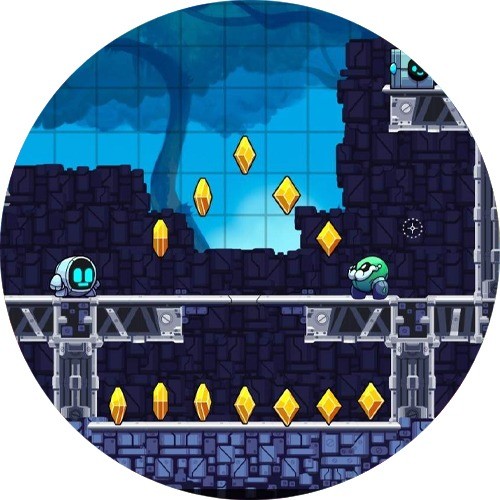
When developing platform game level design, choose an exact subgenre:
-
Side scroller level design. The game is viewed from the side, so the screen moves as the character moves. The nature of such a subgenre is usually based on overcoming a difficult path through barriers. Oftentimes, the player jumps from cliff to cliff.
-
2D platformer level design. The 2D format restricts the game to a static world that only fits on one screen. The player must climb and break through obstacles to complete all levels.
-
3D platformer level design. The game world is more extensive and isn’t limited to just one side view. The player travels around the map of the game, exploring each level and reaching different goals.
During design, it is recommended to choose special items for the main character to interact with, such as bonuses, mechanics, or additional obstacles.
Horror level design
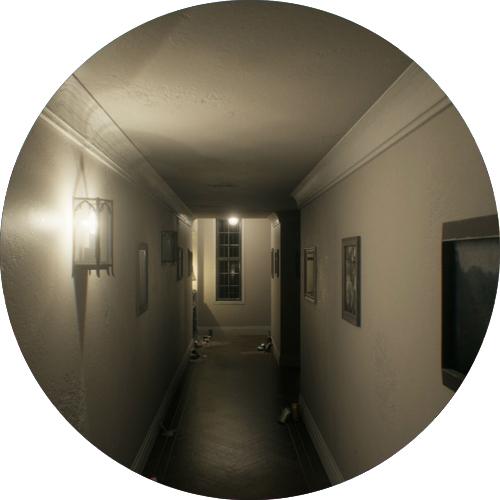
The main principle of horror level design is that it should be not only intimidating but also realistic and engaging. Create tension using sounds, darkness, and fearsome enemies. Also, pay attention to a well-thought-out plot, which will carry some meaning and get the player emotionally involved in the process.
Open World level design

The levels are not linear, rather all initially available to a player. Characters should explore the entire territory of a game themselves to complete quests and get new opportunities. Some rules and restrictions still exist so a player doesn’t lose interest. For example, when new territories are opened, or new skills are added.
Multiplayer level design
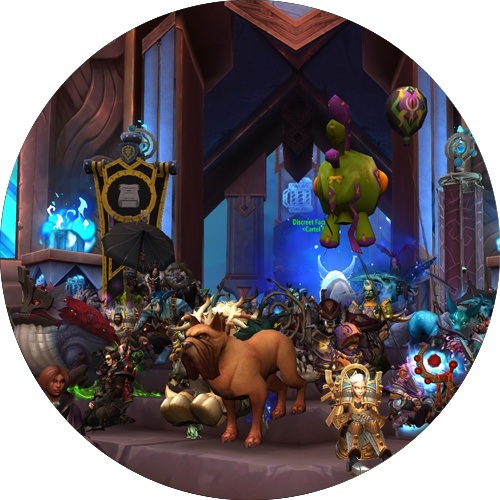
Tasks in multiplayer games are more difficult because they are divided among several participants. One of the principles of multiplayer game development is to create different characters with unique abilities that will complement each other as a team.
How Game Engines Help in Game Design
Game engines are specialized platforms for making development easier and more effective. We have highlighted two useful game engines — Unity and Unreal Engine, so let’s briefly talk about their advantages.
Unity game design
Unity is a cross-platform game editor. You can perform level design in Unity for 2D and 3D games of different genres, for mobile or PC, using VR and AR technologies. The Unity Editor has many advanced features, for example, Timeline, Real-Time Global Illumination, Play Mode.
If you are interested in Unity 3D level design features, there are many ready-made assets and tools in the Unity asset store, such as Octave3D, Probuilder, etc. Unity offers microgames (pre-built templates) in the event that you need to develop a game quickly. To fill in any knowledge gaps, you also can take a learning course from Unity.
Unreal game design
Unreal Engine is great for creating modular levels (features). It’s pretty easy to interact with the program because it offers you documentation with step-by-step tutorials. For example, you can find a guide on UE4 level design workflow in the UE Marketplace and simply follow the instructions.
Besides, the Unreal Engine has a like-minded community in Reddit and plenty of additional assets for user-friendly development. There is also a simple visual scripting system – Blueprints, for the creation of gameplay components.
Peculiarities of Mobile Game Level Design
The main purpose of mobile games is to let the player chill out and pass the time. That’s why usually, mobile games provide fast level progression, so the levels shouldn’t contain hard-to-complete quests.
In tutorials, obvious hints are not always used. Sometimes level design leads players through tutorials with the help of visual components. Game difficulty does not ramp up too often.
Free play and additional modes in a mobile level design are common. During the game flow, a player usually gets lots of collectible rewards. Also, the player can buy additional equipment or opportunities.
How to Hire Video Game Level Designers
Building levels and other game elements for the first time can be an intimidating task. Just hiring and training an in-house team from scratch often takes months longer than expected. On the other hand, ordering design services from another provider gives you instant access to amazingly skilled specialists.
Game-Ace is a game studio with a large team of professionals, armed with broad design experience and recognized by satisfied clients worldwide. We have successfully developed and launched hundreds of game projects, and are always on the lookout for new challenges.
We can make the level design process (and various others) painless and efficient for you, and provide a substantial boost to your project. Feel free to contact us to discuss your project and start turning your ideas into reality.
 How to Design Learning Games for Kids That Teach Real-World Skills
How to Design Learning Games for Kids That Teach Real-World Skills  Behind the Beeps: How Arcade Game Design Still Shapes Interactive Entertainment
Behind the Beeps: How Arcade Game Design Still Shapes Interactive Entertainment 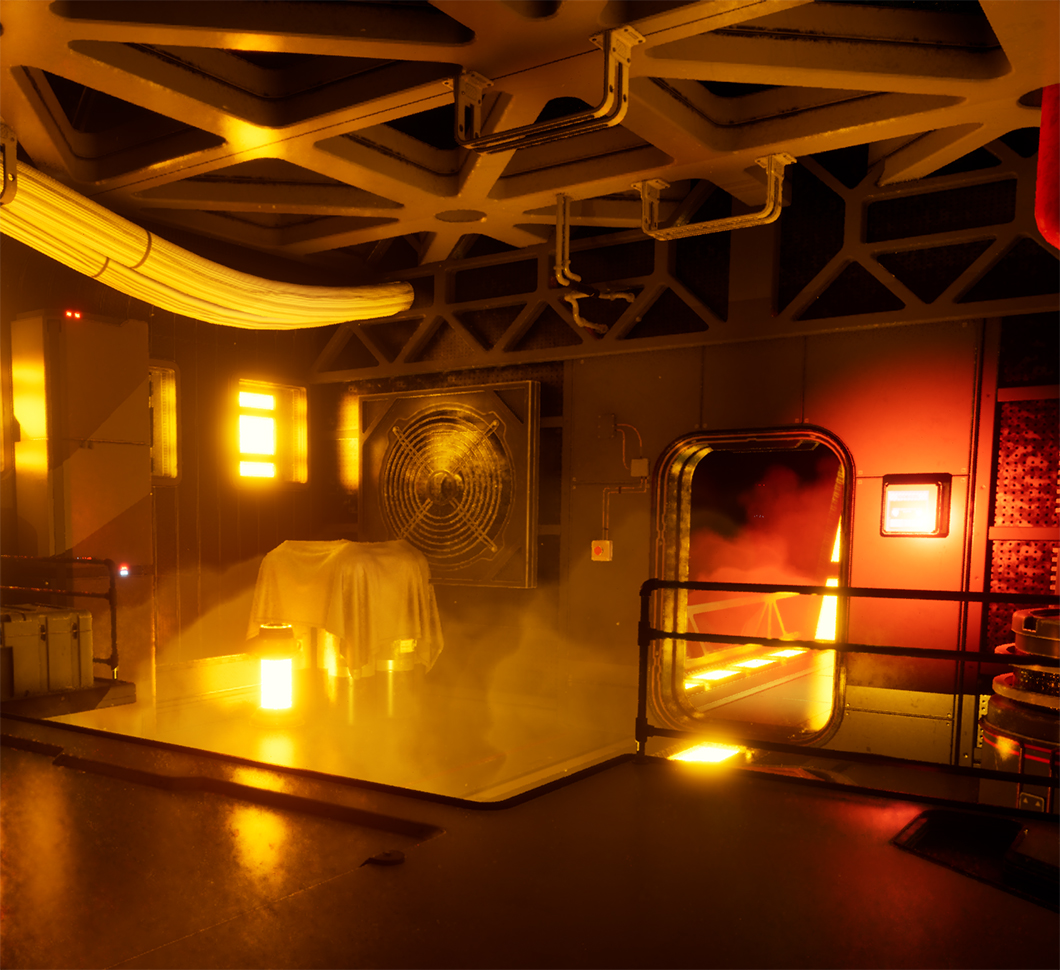 Crafting Immersive Worlds: The Power of Game Environment Design
Crafting Immersive Worlds: The Power of Game Environment Design 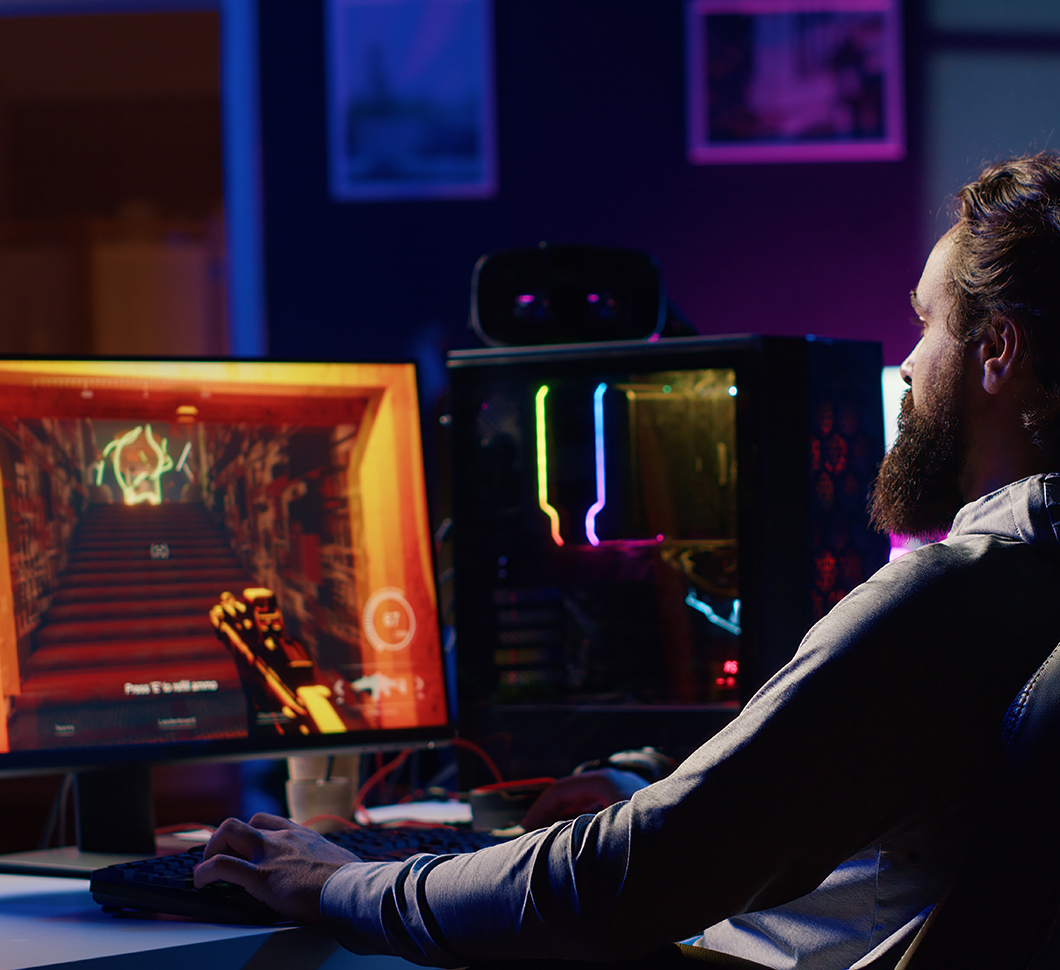 Mastering Narrative Game Design for Unforgettable Player Experiences
Mastering Narrative Game Design for Unforgettable Player Experiences 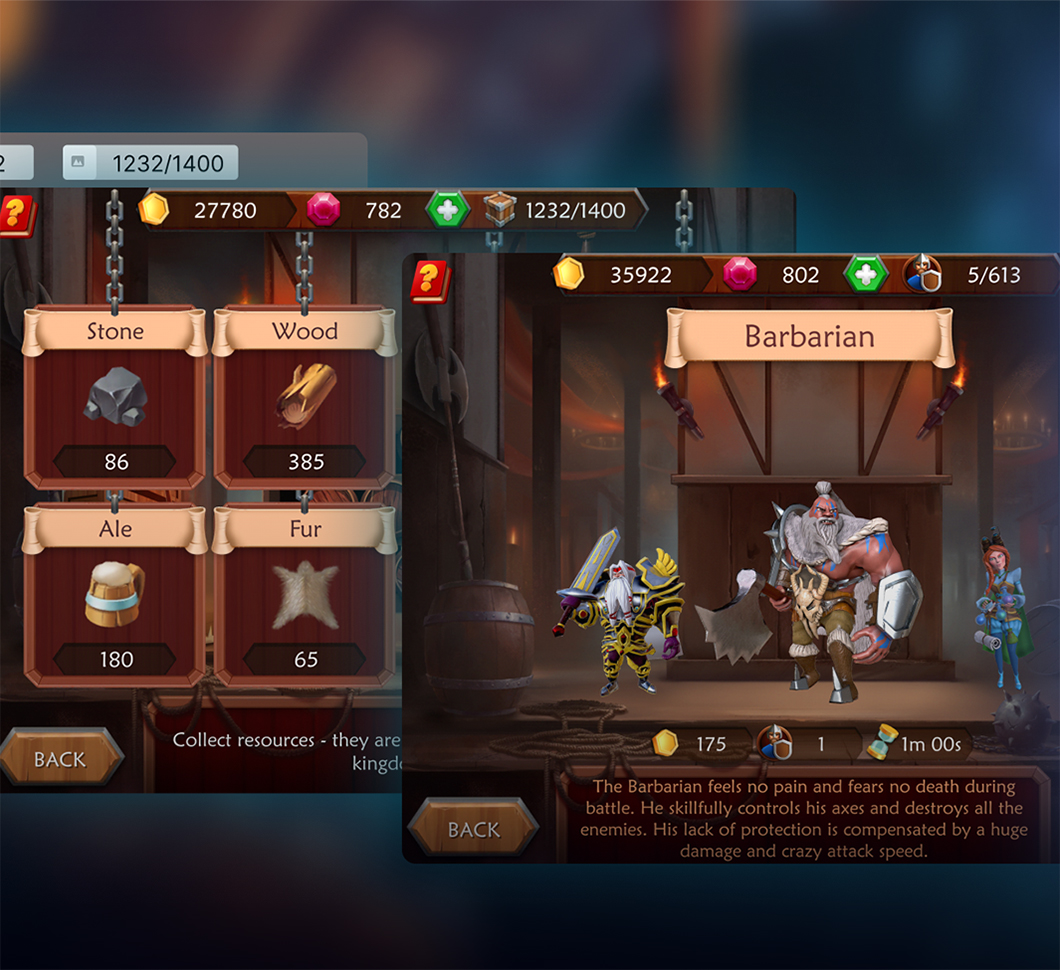 What Is Game UX? The Complete Guide for 2025
What Is Game UX? The Complete Guide for 2025 


































